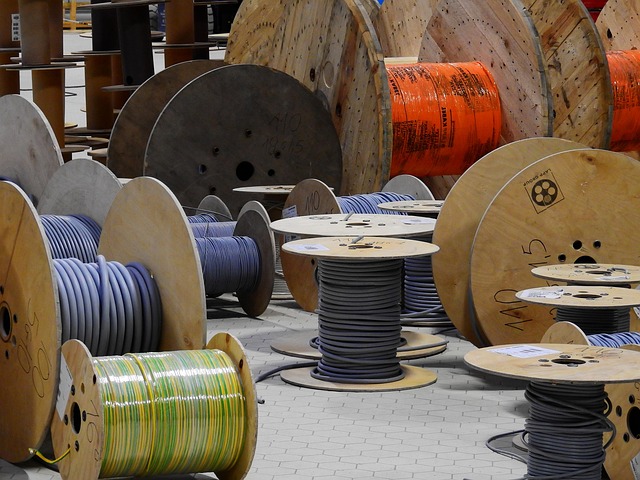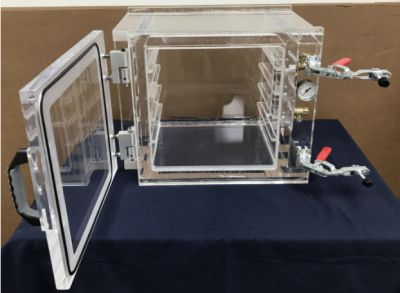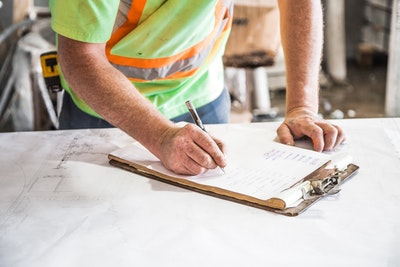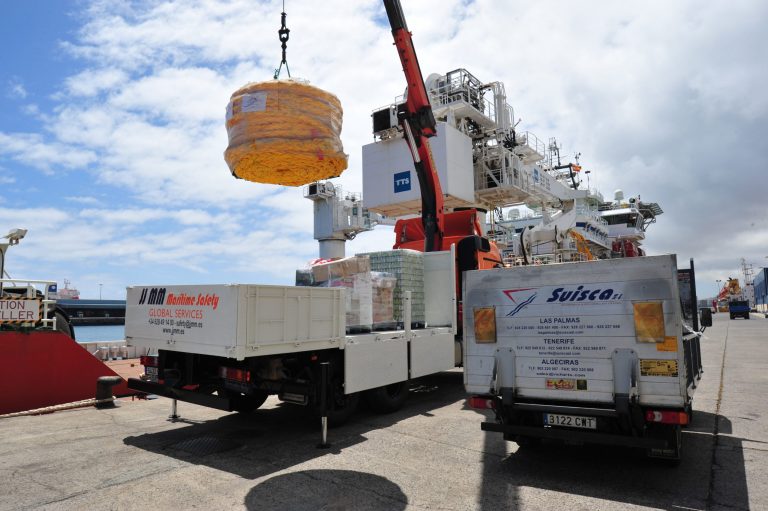Marine Cable Installation: 5 Costly Mistakes to Avoid
Marine wiring projects can be challenging for many boat owners and DIYers, considering the common pitfalls associated with them.
Boat owners often fail to choose quality wires or forget about waterproofing the cables, among other missteps that can be costly down the line.
To help boat owners keep their treasured vessels safe and functional, this article will present five costly mistakes they should avoid when installing marine cables.
Be it a quick fix or a big installation, boat owners should keep these points in mind to have a smooth sail.
Selecting the Wrong Wire Gauge
Marine wiring typically boils down to choosing the appropriate gauge wire. Yet, more often than not, many boat owners pick the wrong one. They either buy one that is too thin, which risks overheating or damage, or a wire that is too thick, which adds unnecessary bulk and cost.
The secret, therefore, lies in choosing a wire gauge that matches the current expected to flow through it and how long the wire will run. To know the right wire gauge, buyers should check out the marine cables gauge chart provided by the dealer to avoid a mismatch between the wiring and the boat’s power needs.
If a boat owner is unsure, it is usually a good idea to pick a slightly larger gauge. Going up a size is better than buying a smaller gauge, which might lead to potential overheating issues without adding much to the cost.
Underestimating the Power of Color-Coding
Without a well-defined color-coding system, marine cable installation becomes confusing, something many DIYers can agree with. Besides, color-coding the cables will help with troubleshooting and repairs down the road. Therefore, boat owners should stick with standard colors: red for positive, black for ground, yellow for bilge pumps, and so on.
Ignoring Tinned Copper Wires
Marine environments are harsh on electrical components; boat owners make the mistake of installing regular copper wires instead of tinned ones. Regular copper wires will corrode quickly, but tinned copper cables, though slightly more expensive, are coated and will resist corrosion.
So, DIYers and boat owners should always look for marine-grade tinned copper wires to avoid headaches in the long run. These quality wires will not corrode or fail unexpectedly in the middle of the sea.
Not Planning the Wiring Layout
Some boat owners and inexperienced electricians jump right into cable installation without a plan. This usually messes up the cables and increases the potential for making mistakes. Boat owners should first design a sketch that points out where connectors, panels, and switches will be.
With the plan in place, they can navigate the wiring system easily and avoid mistakes like tangled cables or accidental cuts. Avoiding these mistakes when installing marine cables will save them time and money and reduce potential electrical hazards.
Neglecting the Need for Waterproofing
While it may seem obvious that water and electricity should not be mixed, many boat sailors tend to forget waterproofing when installing marine cables. They should use waterproof heat shrink connectors, sealed cable glands, and corrosion-resistant terminals to prevent moisture and avoid short-circuiting and prevent corrosion.
While boat owners might at first find marine cable installation intimidating, they usually realize that it is well within their reach with the right cable gauge, tinned copper cables, waterproofing, and a color-coding system. Applying these best practices guarantees a safe and reliable boat electrical systems.







